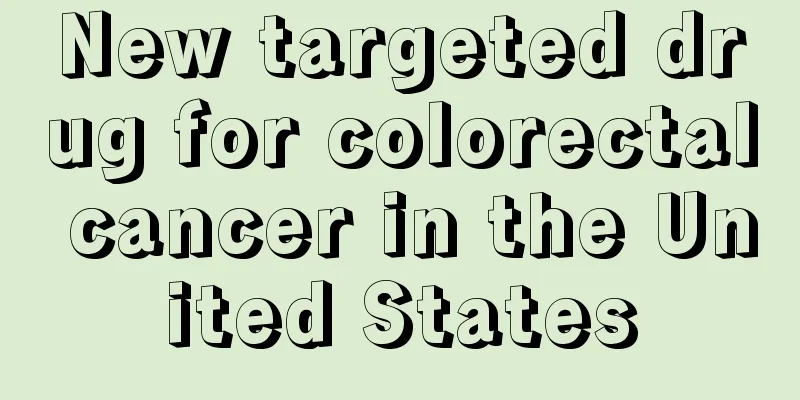Pathogenesis of post-hepatic jaundice

|
I believe everyone must be curious about the pathogenesis of post-hepatic jaundice. The occurrence of jaundice is undoubtedly very scary. When its symptoms suddenly appear, it brings a visual shock to many people. This is not intentionally said to be serious to scare people. This disease brings a double blow to the patient both physically and mentally. Let us now explore the pathogenesis of post-hepatic jaundice. (I) Excessive bilirubin formation When excessive bilirubin is formed in the body and exceeds the liver's ability to process it, a large amount of unconjugated bilirubin accumulates in the blood and jaundice occurs. The causes of excessive formation of unconjugated bilirubin include two major categories: hemolytic and non-hemolytic. When massive hemolysis is caused by any reason clinically, the large amount of hemoglobin released by the destruction of red blood cells becomes the source of bilirubin. Excessive formation of non-hemolytic bilirubin is often seen in ineffective hematopoiesis resulting in excessive bilirubin production. 2. Decreased ability of liver cells to process bilirubin These include: ① Impairment in the uptake of bilirubin by hepatocytes; ② Impairment in the binding of bilirubin by hepatocytes (reduced activity of glucuronyltransferase in hepatocytes); ③ Impairment in the excretion of bilirubin by hepatocytes (intrahepatic cholestasis, alcoholic hepatitis, etc.). (III) Impairment of bilirubin excretion outside the liver, which causes reflux into the blood and causes jaundice The causes of physiological jaundice in newborns are as follows: ① The activity of glucuronyl transferase in the liver cells of newborns is not high; ② Bilirubin is produced in large quantities in the bodies of newborns; ③ The liver cells of newborns lack Y protein, so their ability to absorb bilirubin is also worse than that of adults. These may all lead to physiological jaundice in newborns. Jaundice refers to the phenomenon of yellowing of tissues such as the skin, sclera and mucous membranes caused by hyperbilirubinemia. Normal human serum bilirubin is less than 1 mg/dl (10 mg/L), of which unconjugated bilirubin accounts for 80%. When bilirubin exceeds the normal range but is within 2 mg/dl, it is difficult to detect with the naked eye and is called latent jaundice. If the bilirubin exceeds 2 mg/dl (can be as high as 7-8 mg/dl), it is overt jaundice. From the above we can know the pathogenesis of post-hepatic jaundice. If you have relatives or friends who suffer from post-hepatic jaundice, please do not be overly afraid or resistant, do not have too heavy psychological burden, actively cooperate with the doctor's treatment, and protecting your health is the most important thing. Bravely treat post-hepatic jaundice and regain a healthy body as soon as possible. |
<<: Healing time of metacarpal fracture
>>: Methods to prevent diseases in foggy weather
Recommend
How long can you not eat the milk in your breasts
The milk in the breast is fresh, so you don’t hav...
Why do women like to be penetrated from behind
There are many different sex positions for men an...
Can fetal teratoma be detected by B-ultrasound?
Fetal teratomas can usually be detected through B...
What causes muscle tremors? Causes of muscle tremors
You may be unfamiliar with muscle tremors, so wha...
How can liver cancer patients eat to help stabilize their condition? Dietary conditioning tips for liver cancer patients after surgery
Liver cancer patients need to strengthen their nu...
The effects of malt extract
Malt extract is a natural antibiotic. It has anti...
What is instant sea cucumber
You can see many stores selling seafood around tr...
What ointment is good for removing abrasion scars?
There are many drugs that can reduce scars. Gener...
Why is bile duct cancer easily misdiagnosed?
What disease is bile duct cancer easily misdiagno...
Is sweating on the waist a sign of kidney deficiency?
You may not feel hot when you sleep at night, but...
Is it normal to have a cold for half a month?
The reason why most people can resonate with the ...
Common daily methods of preventing pancreatic cancer
The increasing incidence of pancreatic cancer is ...
There are many pimples on the scalp_What is the reason for the pimples on the scalp
The human scalp is distributed with various oil s...
How to scrape the oil from the belly
If you have too much fat on your belly, it is act...
Which Chinese medicine hospital is good for prostate cancer
Many prostate cancer patients are recommended by ...









